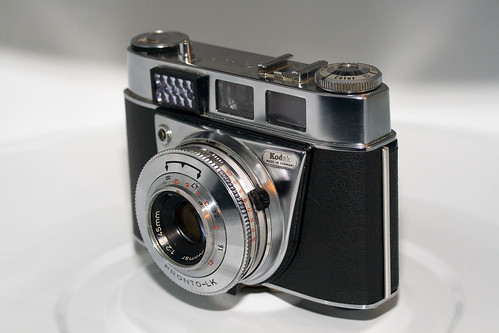I have been in Dubai ( and still am ) on vacation with my wife. Lounging on the sea-side ( yes we can here ), it knocked me cold.. What I was doing wrong with my photography all along. Something I read in a book recently hit me and how true it is.
In the book I read about Michealangelo ( spelling! ) who when asked how he could create such beautiful scupltures replied. ' I take a block of marble and slice away everything till only the sculpture remains. ' WoW!
Secondly, I know where my photographic passion lies...it is not in landscapes, man-made objects, macros, flowers, etc. I knew it all along but never gave it serious consideration.
Today it stared me in the face...literally! I love people, their humanity, their struggles, joys, sadness, laughter and cries and their surrounds within which all this drama plays out.That is the path I have to follow to realise my photograhic vision. To paraphrase a sentence from the book..' the people are my subject but not the subject matter'. Precisely! What a fool I have been.
Just had to share it with you all.
May the Light be with you.

